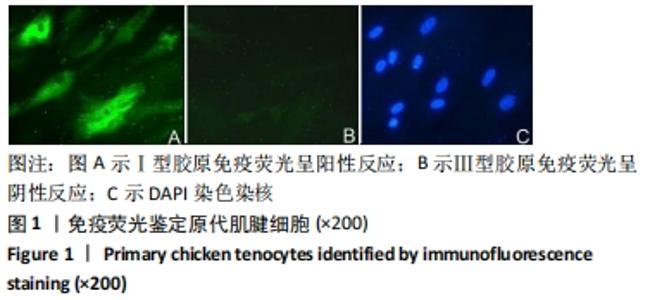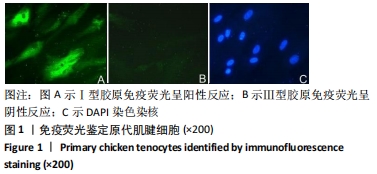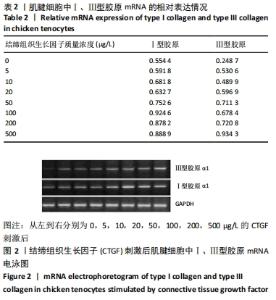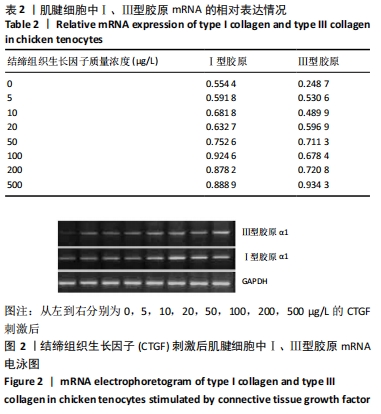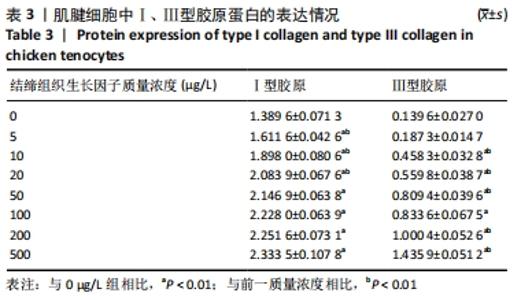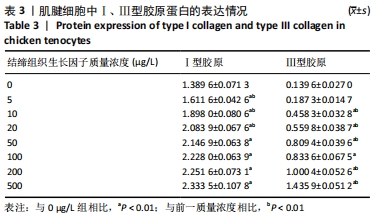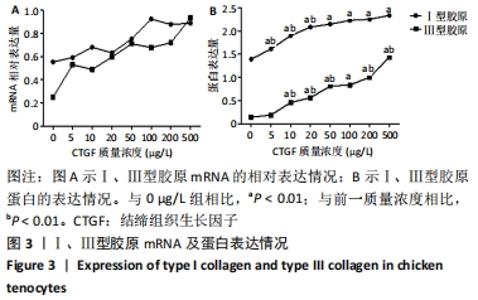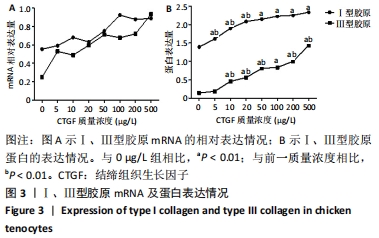[1] 裴福兴, 陈安民.骨科学[M]. 北京:人民卫生出版社,2016:478.
[2] TARANTINO D, PALERMI S, SIRICO F, et al. Achilles Tendon Rupture: Mechanisms of Injury, Principles of Rehabilitation and. J Funct Morphol Kinesiol. 2020;5(4):95.
[3] GATZ M, SPANG C, ALFREDSON H. Partial Achilles Tendon Rupture-A Neglected Entity: A Narrative Literature Review on Diagnostic. J Clin Med. 2020;9(10):3380.
[4] MAEMPEL JF, CLEMENT ND, WICKRAMASINGHE NR, et al. Operative repair of acute Achilles tendon rupture does not give superior patient-reported outcomes to nonoperative management. Bone Joint J. 2020;102-B(7):933-940.
[5] BARFOD KW, HANSEN MS, HÖLMICH P, et al. Efficacy of early controlled motion of the ankle compared with immobilisation in non-operative treatment of patients with an acute achilles tendon rupture: an assessor-blinded, randomised controlled trial. Br J Sports Med. 2020;54(12):719-724.
[6] DIANA G, KYRIAKOS S, CAROLYN H, et al. Progress in Cell based therapies for tendon repair. Adv Drug Deliv Rev. 2015;84:240-256.
[7] BUGG D, BRETHERTON R, KIM P, et al. Infarct Collagen Topography Regulates Fibroblast Fate via p38-Yes-Associated Protein Transcriptional Enhanced Associate Domain Signals. Circ Res. 2020;127(10):1306-1322.
[8] LEE EJ, JANG HC, KOO KH, et al. Mechanical Properties of Single Muscle Fibers: Understanding Poor Muscle Quality in Older Adults with Diabetes. Ann Geriatr Med Res. 2020;24(4):267-273.
[9] GHAVAMIAN A, MOUSAVI SJ, AVRIL S. Computational Study of Growth and Remodeling in Ascending Thoracic Aortic Aneurysms Considering Variations of Smooth Muscle Cell Basal Tone. Front Bioeng Biotechnol. 2020;8:587376.
[10] 崔昊旻.巨噬细胞外泌体miRNA介导肌腱粘连的机制研究[D].上海:上海交通大学,2019.
[11] WANG Y, WANG F, XU S, et al. Transdermal peptide conjugated to human connective tissue growth factor with enhanced cell proliferation and hyaluronic acid synthesis activities produced by a silkworm silk gland bioreactor. Appl Microbiol Biotechnol. 2020;104(23):9979-9990.
[12] CHEN Z, LI X, JIN J, et al. Connective tissue growth factor mediates mouse spermatogonial migration associated with differentiation. Biochim Biophys Acta Mol Cell Res. 2020;1867(7):118708.
[13] YAN J, WANG WB, FAN YJ, et al. Cyclic Stretch Induces Vascular Smooth Muscle Cells to Secrete Connective Tissue Growth Factor and Promote Endothelial Progenitor Cell Differentiation and Angiogenesis. Front Cell Dev Biol. 2020;8:606989.
[14] RYU J, JHUN J, PARK MJ, et al. FTY720 ameliorates GvHD by blocking T lymphocyte migration to target organs and by skin fibrosis inhibition. J Transl Med. 2020;18(1):225.
[15] YASIM A, EROGLU E, KOCARSLAN S, et al. A New Method Involving Percutaneous Application in the Treatment of Deep Venous Insufficiency: An Experimental Study With Internal Compression Therapy in a Porcine Model. Vasc Endovascular Surg. 2021;55(2):117-123.
[16] KIM J, KANG W, KANG SH, et al. Proline-rich tyrosine kinase 2 mediates transforming growth factor-beta-induced hepatic stellate cell activation and liver fibrosis. Sci Rep. 2020;10(1):21018.
[17] 肖颖锋,万圣祥,江长青,等.结缔组织生长因子及抗体对体外培养鸡肌腱细胞增殖活性的影响[J].中华显微外科杂志,2011,34(3):220-222.
[18] 张红星,刘耿,邱武安. 不同方法制备移植修复材料对异体肌腱生物学性能的影响[J]. 中国组织工程研究,2014,18(39):6348-6352.
[19] LIU H, LI R, YUAN C, et al. Treatment of tendinous mallet finger deformity with a part of the flexor digitorum profundus tendon. ANZ J Surg. 2020; 90(11):2325-2328.
[20] BIONDETTI P, DALSTROM DJ, ILFELD B, et al. Mallet hallux injury: A case report and literature review. Clin Imaging. 2020;62:33-36.
[21] AKSAN T, ÖZTÜRK MB, ÖZÇELIK B. A single K-wire to prevent poor outcomes in closed soft-tissue mallet finger management due to patient non-compliance. Arch Orthop Trauma Surg. 2021;141(4):693-698.
[22] 于承浩,张益,戚超,等.细胞因子和富血小板血浆对肌腱干细胞的影响[J].中国组织工程研究,2021,25(1):133-140.
[23] 顾琰嘉.肌腱内注射Lp--PRP与Lr--PRP治疗兔肌腱病模型的疗效研究[D].杭州:浙江大学,2018.
[24] HAN B, JONES IA, YANG Z, et al. Repair of Rotator Cuff Tendon Defects in Aged Rats Using a Growth Factor Injectable Gel Scaffold. Arthroscopy. 2020; 36(3):629-637.
[25] LI S, WU Y, JIANG G, et al. Intratendon delivery of leukocyte-rich platelet-rich plasma at early stage promotes tendon repair in a rabbit Achilles tendinopathy model. J Tissue Eng Regen Med. 2020;14(3):452-463.
[26] GIORDANO L, PORTA GD, PERETTI GM, et al. Therapeutic potential of microRNA in tendon injuries. Br Med Bull. 2020;133(1):79-94.
[27] LI X, PONGKITWITOON S, LU H, et al. CTGF induces tenogenic differentiation and proliferation of adipose-derived stromal cells. J Orthop Res. 2019;37(3): 574-582.
[28] CHEN Z, ZHANG N, CHU HY, et al. Connective Tissue Growth Factor: From Molecular Understandings to Drug Discovery. Front Cell Dev Biol. 2020;8: 593269.
[29] WILLIAMS AE, WATT J, ROBERTSON LW, et al. Skeletal Toxicity of Coplanar Polychlorinated Biphenyl Congener 126 in the Rat Is Aryl Hydrocarbon Receptor Dependent. Toxicol Sci. 2020;175(1):113-125.
[30] TAN CY, WONG JX, CHAN PS, et al. Yin Yang 1 Suppresses Dilated Cardiomyopathy and Cardiac Fibrosis Through Regulation of Bmp7 and Ctgf. Circ Res. 2019;125(9):834-846.
[31] ALATAS FS, MATSUURA T, PUDJIADI AH, et al. Peroxisome Proliferator-Activated Receptor Gamma Agonist Attenuates Liver Fibrosis by Several Fibrogenic Pathways in an Animal Model of Cholestatic Fibrosis. Pediatr Gastroenterol Hepatol Nutr. 2020;23(4):346-355.
[32] BRADHAM DM, LGARASI A, POTTER RL, et al. Connective tissue growth factor: a cysteine-rich mitogen secreted by human vascular endothelial cells is related to the SRC-induced immediate early gene product CEF-10. J Cell Biol. 1991;114(6):1285-1294.
[33] SHIEH JM, TSAI YJ, CHI JC, et al. TGFβ mediates collagen production in human CRSsNP nasal mucosa-derived fibroblasts through Smad2/3-dependent pathway and CTGF induction and secretion. J Cell Physiol. 2019; 234(7):10489-10499.
[34] SHEN H, JAYARAM R, YONEDA S, et al. The effect of adipose-derived stem cell sheets and CTGF on early flexor tendon healing in a canine model. Sci Rep. 2018; 8(1):11078.
[35] ATLURI K, CHINNATHAMBI S, MENDENHALL A, et al. Targeting Cell Contractile Forces: A Novel Minimally Invasive Treatment Strategy for Fibrosis. Ann Biomed Eng. 2020;48(6):1850-1862.
[36] PAJALA A, MELKKO J, LEPPILAHTI J, et al. Tenascin-C and type I and III collagen expression in total Achilles tendon rupture. An immunohistochemical study. Histol Histopathol. 2009;24(10):1207-11.
[37] 孔超,肖颖锋,万圣祥,等.结缔组织生长因子及抗体对体外培养鸡滑膜细胞增殖活性的影响[J].华夏医学,2014,27(6):14-18.
[38] 王全震,肖颖锋,万盛祥,等.结缔组织生长因子及抗体对体外培养鸡滑膜细胞胶原分泌的影响[J]. 中华显微外科杂志,2016,39(6):564-567.
[39] Chen P, Qiao D, Liu X. Effects and Mechanism of SO2 Inhalation on Rat Myocardial Collagen Fibers. Med Sci Monit. 2018; 24:1662-1669.
[40] YU Y, ZHU T, LI Y, et al. Repeated intravenous administration of silica nanoparticles induces pulmonary inflammation and collagen accumulation via JAK2/STAT3 and TGF-β/Smad3 pathways in vivo. Int J Nanomedicine. 2019;14:7237-7247.
[41] CHAN ES, LIU H, FERNANDEZ P, et al. Adenosine A(2A) receptors promote collagen production by a Fli1- and CTGF-mediated mechanism. Arthritis Res Ther. 2013;15(3):R58.
|
